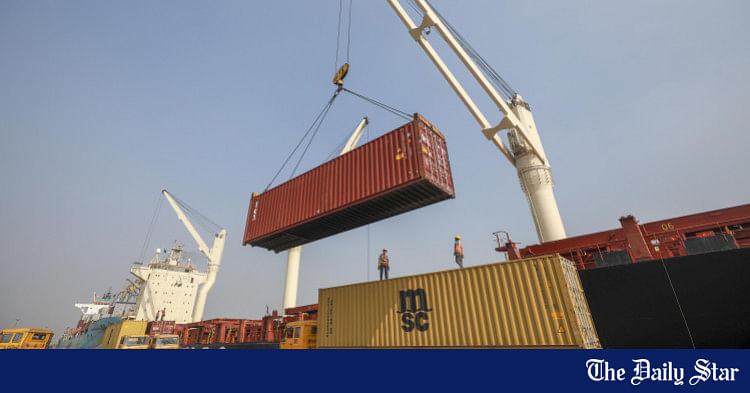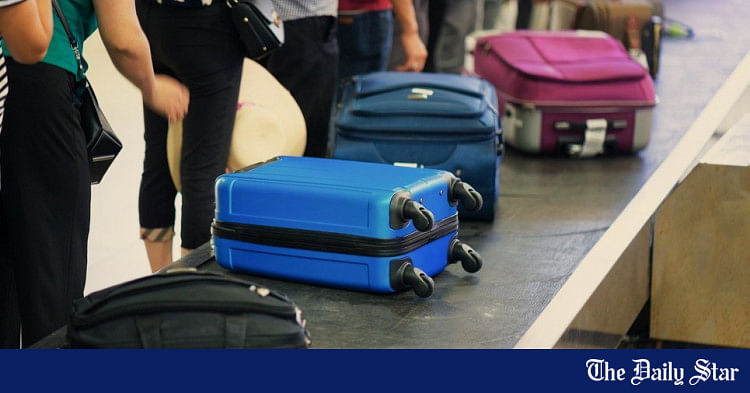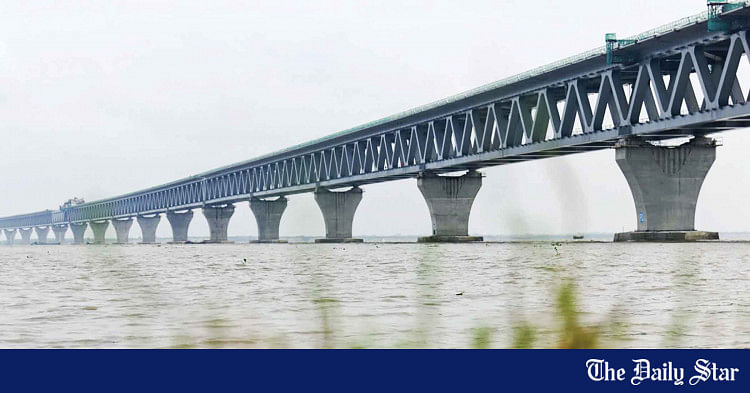- Copy to clipboard
- Moderator
- #21
Good question. After spending thousands of crores on the third terminal, they will be (I believe) reluctant to spend money on anything else in that place, including 1st and 2nd terminals. The latter old terminals may get regional (or even domestic flight) usage, which is logical. Some superficial interior refurbishment may be performed but no major rebuilds.Is there any plan to upgrade 1st and 2nd terminals?
But the prime international airline routes will all now be at the 3rd terminal, most major global airlines and retailers are chomping at the bit to grab prime real estate there, including upper class flight lounges and of course, high traffic retail outlets like refreshment and food outlets and sit-down restaurants etc.
As yet, part of the existing fallow land in the airport has already been turned into malls and luxury hotel space, near the airport road. The mall was just opened I believe as I saw in a video - they showed a food court which was quite sophisticated and looked like Dubai's main food court in the terminal. This is the inevitable gradual conversion into commercial activity for most of the unused portion of the airport. There is also massive cargo activity and a huge cargo terminal is also being built where the old cargo processing area was, near the CAAB HQ. The New CAAB HQ was built and moved to the opposite side of the airport, where the new modern Haji Camp was also built.
The govt. wanted to build a brand new world class airport like Suvarnabhumi in the outskirts of Dhaka and that seems to be more and more possible, where they will not have the space constraints this airport has and where all the money and investments will now be directed, with at least four runways and room to expand. Feasibility studies may already be under way. If the current airport at Kurmitola is like Tokyo's Haneda, they are trying to build something like Kansai or Narita, or better yet, Suvarnabhumi at a nice spot outside of Dhaka.












